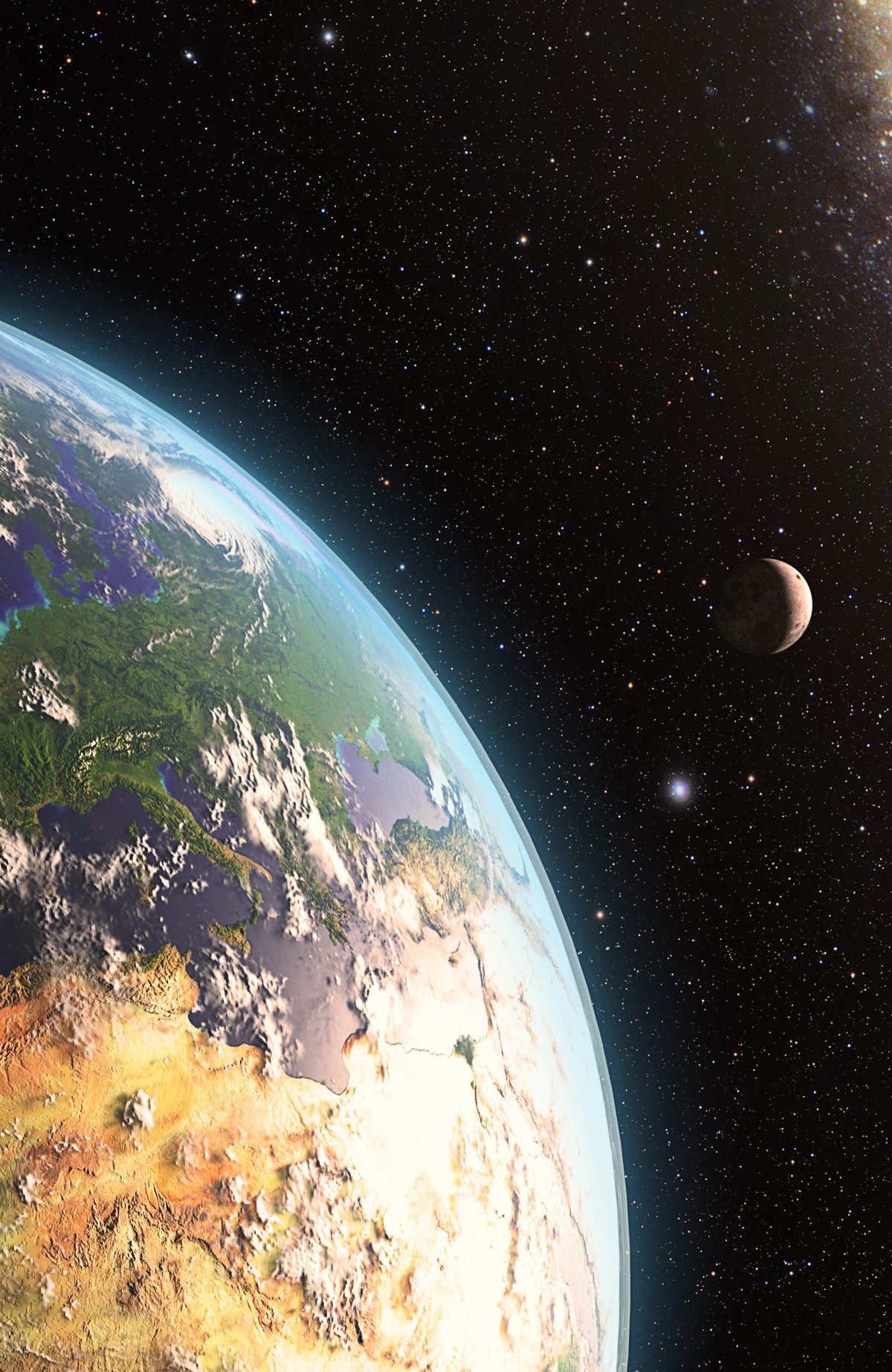Earth formed about 4.6 billion years ago, during the development of the Solar System, but it took a long time to become the ‘home of human civilisation’. Over billions of years, the terrestrial structure has gone through some important stages in the geological history of the planet. These periods are divided into four periods (or four geological ages); these are Hadean, Archean, Proterozoic and Phanerozoic.
Earth’s geological periods are divided into different time periods, each representing the fossil record that scientists have collected. For example, samples show that the Mesozoic (part of the Phanerozoic), subdivided into the Triassic, Jurassic, and Cretaceous, was the period when dinosaurs dominated the Earth; This period occurred between 252 million years and 66 million years ago.
Right now, The age that offers the greatest mysteries is the HadeanBecause it is the oldest geological stage in Earth history. Researchers estimate that this period in total extends to the last moment of the planet’s formation, approximately 4 billion years ago. One reason why it is difficult to understand this is that there are no fossil records from that period, when the climate and astronomical events were extremely intense.
“The Hadean is the unofficial division of Precambrian time that occurred between about 4.6 billion and about 4.0 billion years ago. Hadean Eon is characterized by the early formation of the Earth – by the accumulation of dust and gases and the frequent collisions of larger planets – and by the stabilization of its core and crust and the development of its atmosphere and oceans. Therefore, the name of the range is a reference to Hades, which is the Greek translation of the Hebrew word hell,” as described in the encyclopedia Britannica.
According to scientists working in this field, Understanding the Hadean period is fundamental to better understanding the beginnings of evolution and life on the planet. So what did science discover this time? To answer this question, we gathered information from scientists and experts in the field.
What is Hadean?
For now, the only planet with life as we know it is Earth, making the Hadean even more important to science. Researchers can use data from that period to understand how the atmosphere changed radically during the planet’s formation. For example, it may be possible to determine which biomarkers are present in the evolutionary stages of a celestial body, but the evidence is limited.
More importantly, the planet’s earliest stages can reveal the entire history of Earth’s biogeochemistry. A study published in the scientific journal Mineralogical Reviews Tells a little more about the Hadean, where there is no molecular oxygen (O2) in the atmosphere and oceans — It was only 2.4 billion years ago that oxygen began to accumulate in the atmosphere.
As the paper explains, despite increasing complexity over the years, the planet allowed for a completely microbial biosphere during this period. Moreover, the Earth’s surface was significantly unstable during the early Hadean. Some scientists believe that the planet’s first outer shell may have formed during this period, approximately 4.4 billion years ago.
“This rich record of geobiological evolution over most of Earth’s history provides insight into the remote detectability of microbial life under a variety of planetary conditions. The authors write that planet Earth has evolved over the last 4.5 billion years from a completely anoxic (oxygen-free) planet, likely with a different tectonic regime.” He states that it evolved into an oxygenated world with the horizontal plate tectonics we know today.
Hadean is also characterized Due to massive volcanic activity on the Earth’s surface, with frequent eruptions causing extreme temperatures in the climate. It was precisely this volcanic activity that contributed to the development of the first outer crust and the evolution of the Earth’s atmosphere and oceans.
The goal of scientists is to understand. Like the history of the Earth, which was completely different billions of years ago, It shaped the environment and atmosphere to create a place conducive to the formation of life. In this way they can learn more about the history of our planet and the processes that make civilization possible; Perhaps this way the search for life outside Earth will be more promising.
Did you like the content? So take the opportunity to discover how cosmochemistry can help us find life beyond Earth. And don’t forget to share the article with your friends on social media.
Source: Tec Mundo
I’m Blaine Morgan, an experienced journalist and writer with over 8 years of experience in the tech industry. My expertise lies in writing about technology news and trends, covering everything from cutting-edge gadgets to emerging software developments. I’ve written for several leading publications including Gadget Onus where I am an author.













